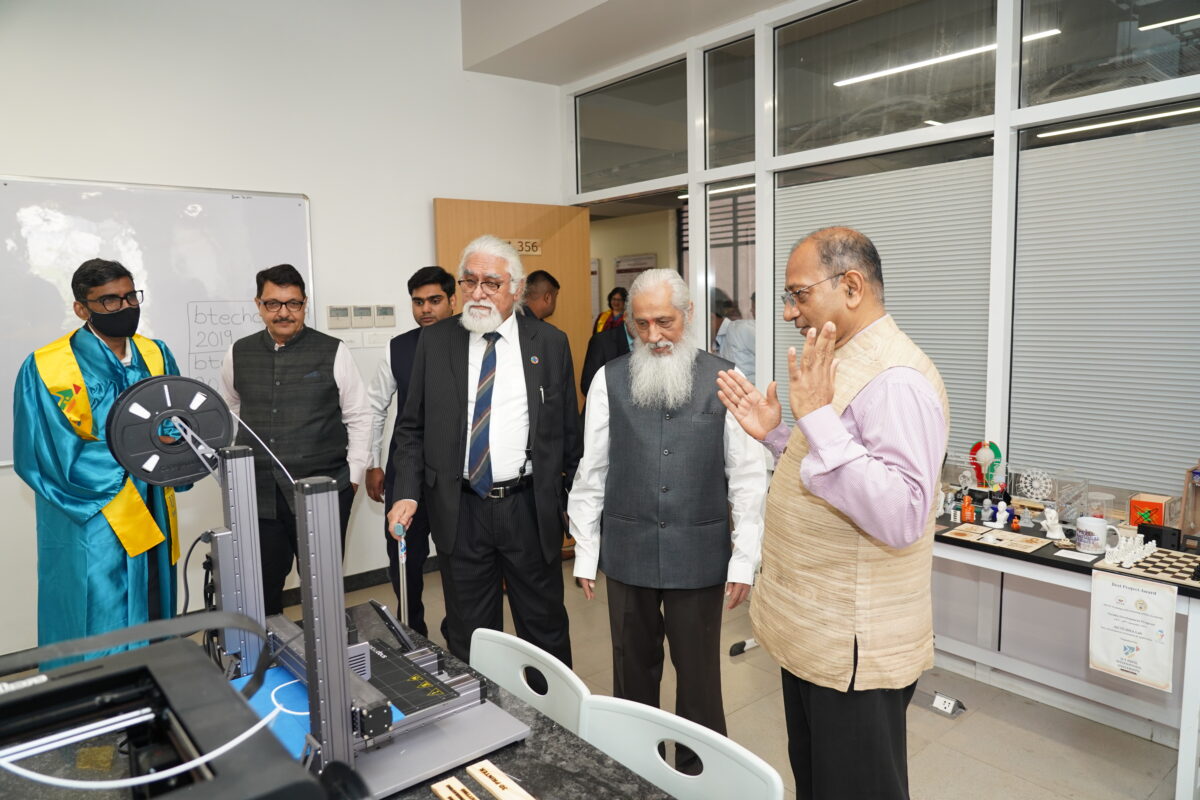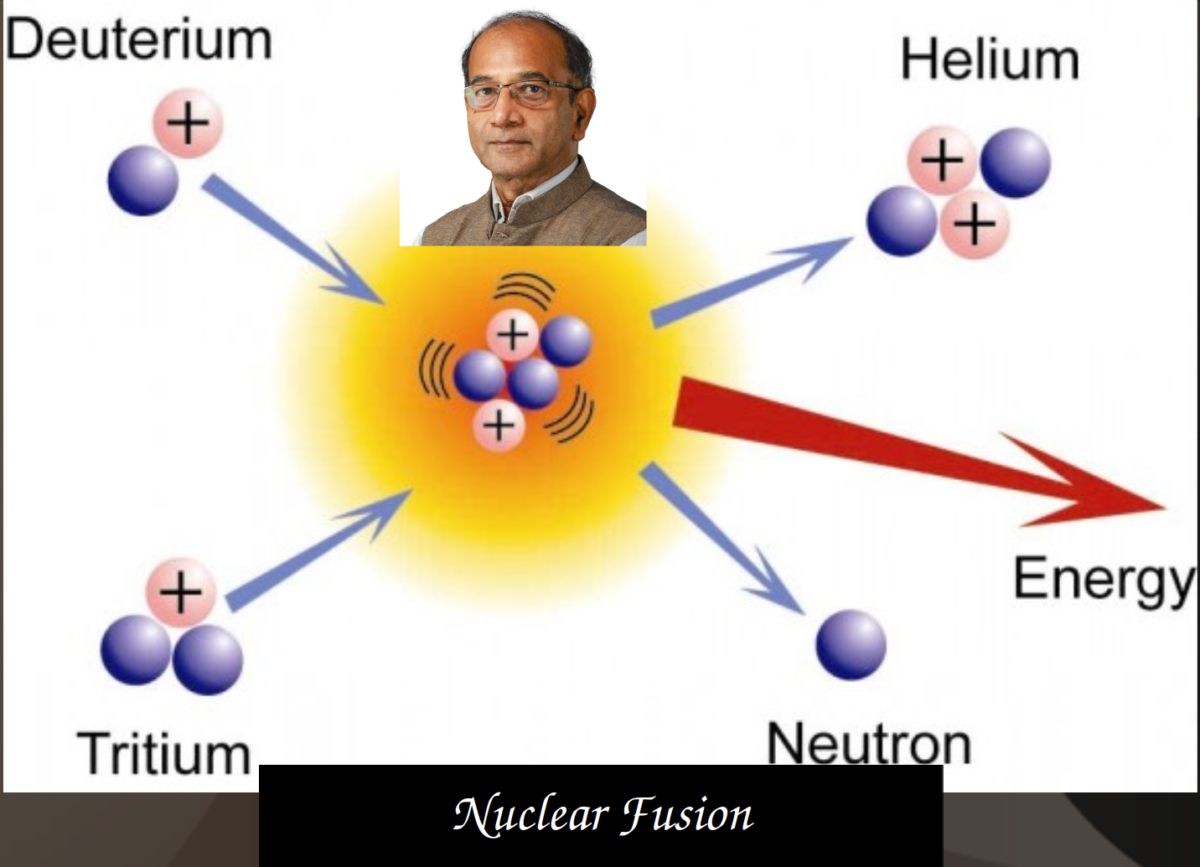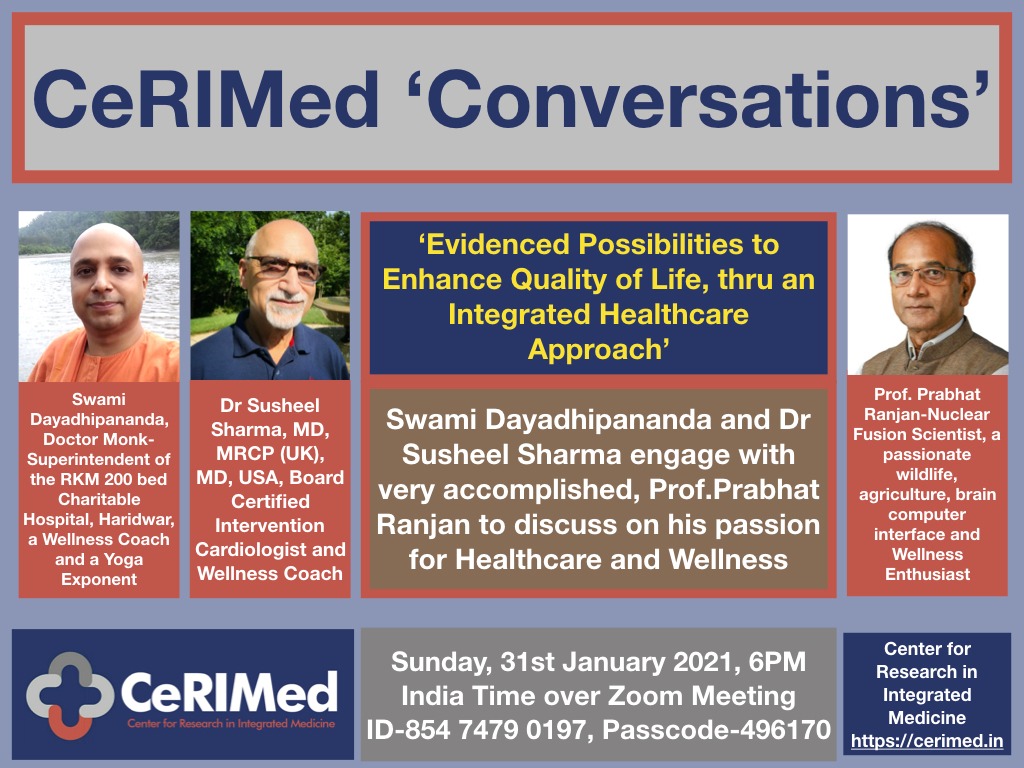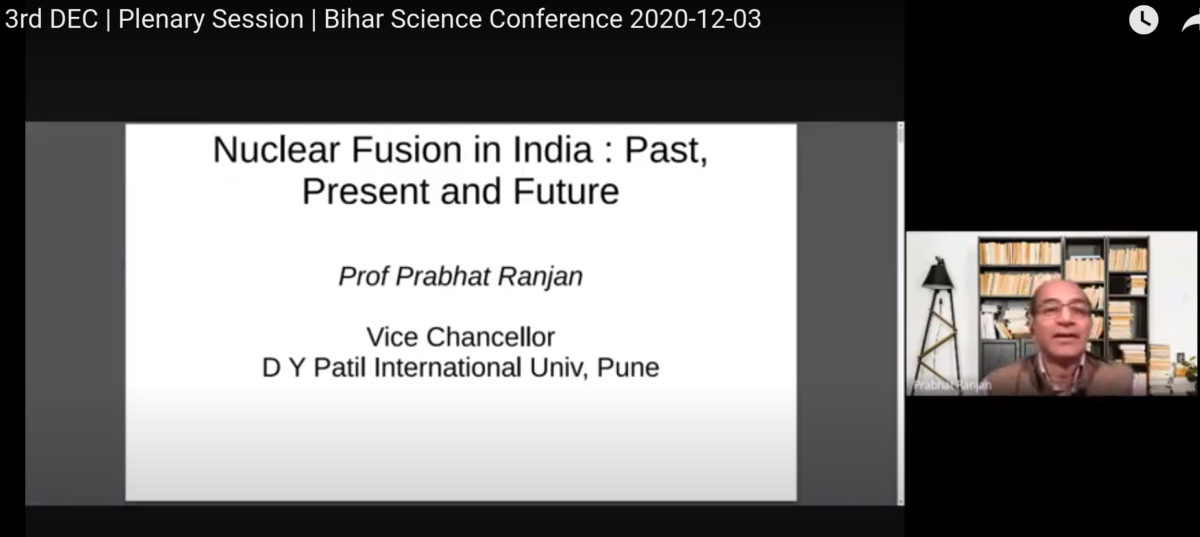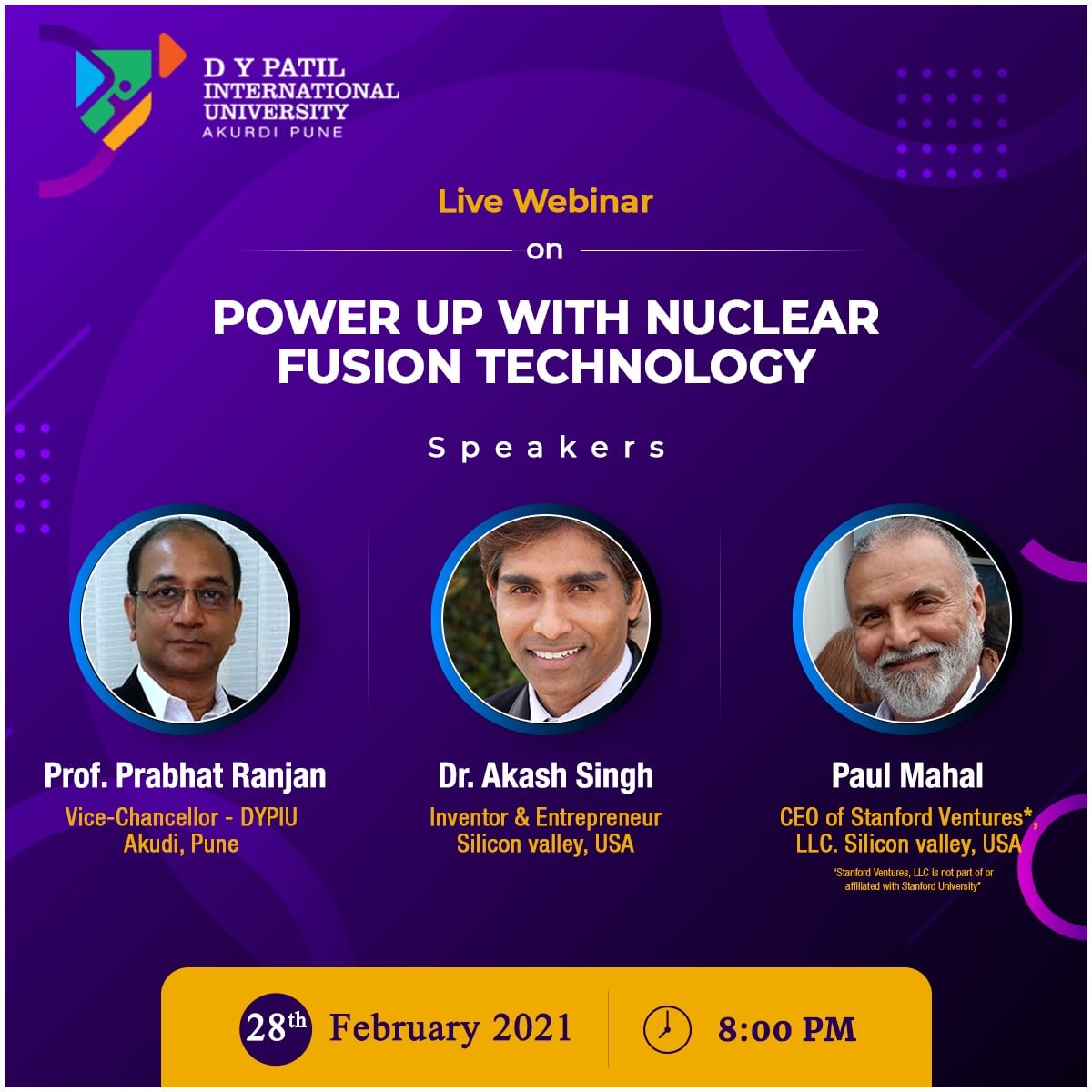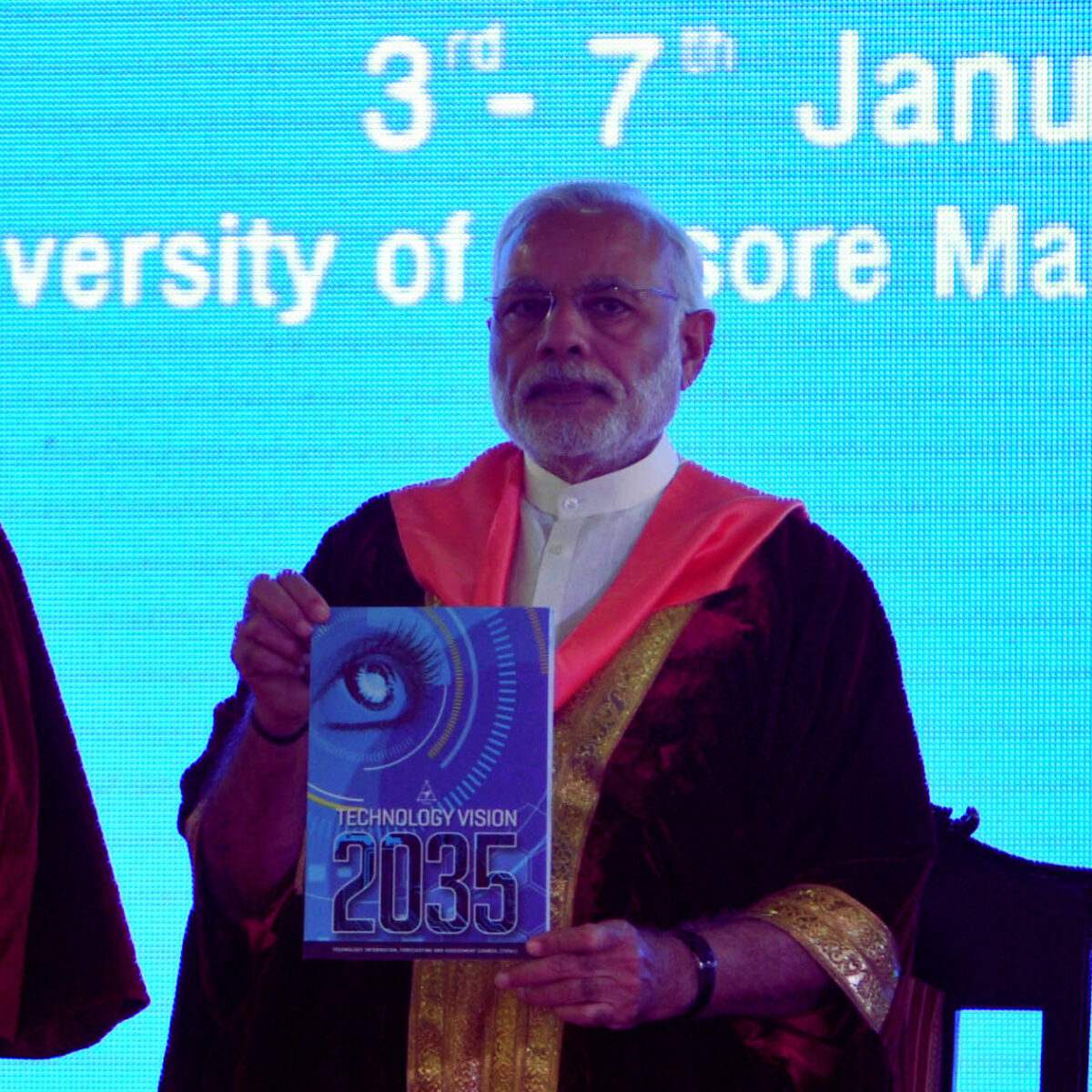While preparing Technology Vision 2035, after joining TIFAC as its head in April 2013, we started tracking various technologies that were likely to impact us in the coming decades. I have described these aspects in detail in my blog Making and Launching of Technology Vision 2035. Among the many technologies that were on the horizon, we had 3D printing (also known as additive manufacturing). This was also covered widely in the Manufacturing Sector Roadmap of Technology Vision 2035. I was aware of this and of FabLab initiative from MIT. 3D printing and other digital fabrication technologies were revolutionizing prototype development as well as customized manufacturing. The cost of setting up labs of this kind was around Rs 50 Lakhs at that time. Due to lack of awareness and cost, very few places in India were setting up such facilities. Most of the educational institutes were not aware of these developments nor were these part of the curriculum. Even those places (one could count them on fingers) were mostly setting it up for projects and special facilities, not for the part of regular training of students as part of the curriculum. From my project funding, I had procured a PCB milling machine to reduce the time to make PCBs. This made it easier for students to indulge in hardware development.


